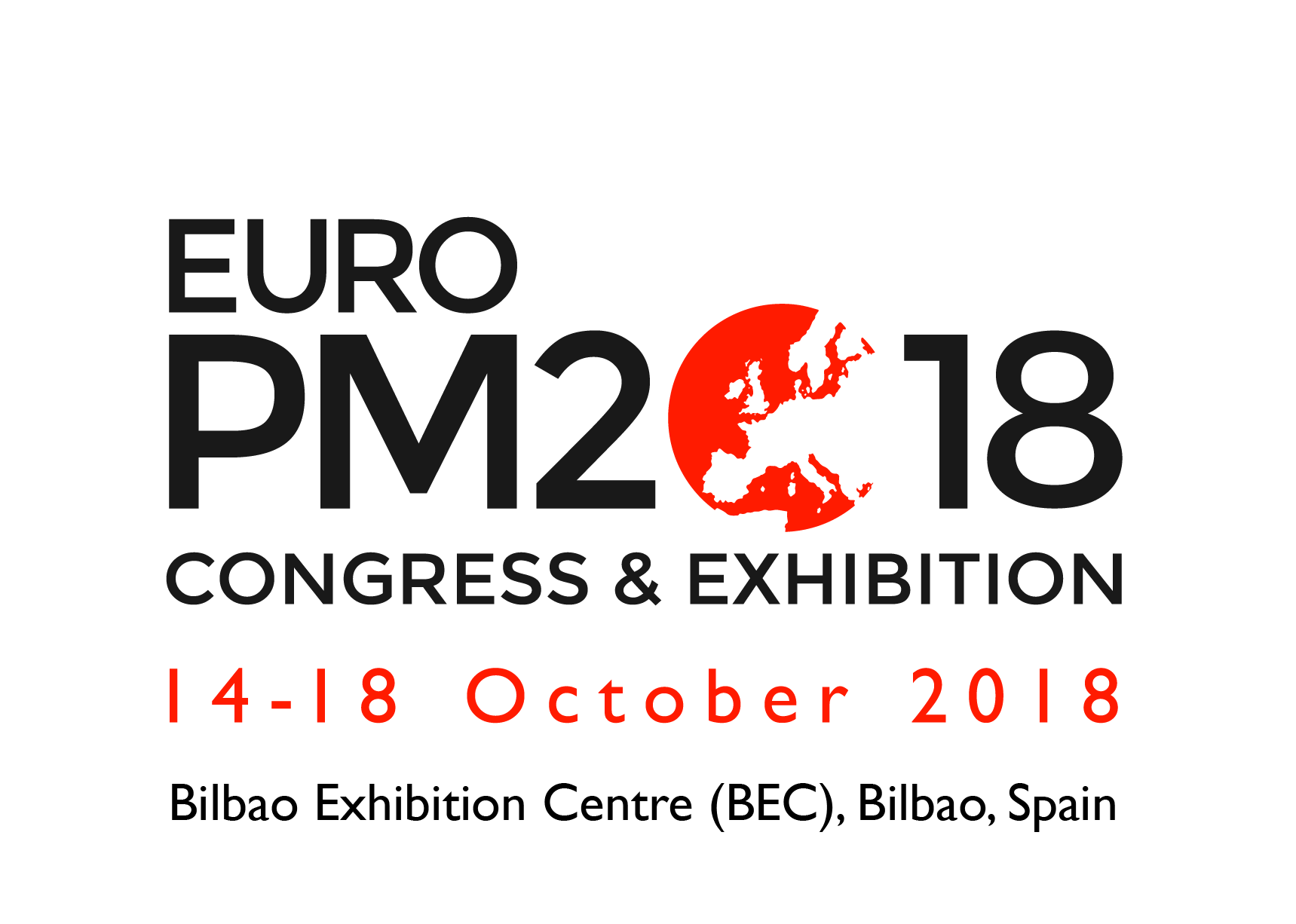Research Article
The Application of Response Surface Methodology for the Optimization of Compaction Parameters in Cu-Al2O3 Composite
Nader Parvin1 and Ali Doryab2*
1Department of Mining and Metallurgical Engineering, Amirkabir University of Technology, Tehran, Iran
2Department of life science engineering, faculty of interdisciplinary new sciences and technologies, University of Tehran, Tehran, Iran
- *Corresponding Author:
- Ali Doryab
Department of Life Science Engineering
Faculty of Interdisciplinary New Sciences and Technologies
University of Tehran, Tehran, Iran
E-mail: alidoryab@ut.ac.ir
Received Date: December 29, 2012; Accepted Date: March 22, 2013; Published Date: March 30, 2013
Citation: Parvin N, Doryab A (2013) The Application of Response Surface Methodology for the Optimization of Compaction Parameters in Cu-Al2O3 Composite. J Powder Metall Min 2:108. doi: 10.4172/2168-9806.1000108
Copyright: © 2013 Parvin N, et al. This is an open-access article distributed under the terms of the Creative Commons Attribution License, which permits unrestricted use, distribution, and reproduction in any medium, provided the original author and source are credited.
Abstract
present work copper-alumina composite has been successfully produced by mechanical milling. Response Surface Methodology (RSM) was employed to study and optimize the effect of compaction parameters, namely; compaction pressure (Mpa), lubricant content (%) and compaction temperature (°C).The response of the system was green density (GD). Results demonstrated that all the above mentioned factors had meaningful effect on the GD. It has been shown that prominent parameters can be impacted to the final production during compaction process. Meanwhile statistically significant interactions were found between compaction pressure (Mpa), lubricant content and compaction temperature (°C). A suitable model equation was also predicted

 Spanish
Spanish  Chinese
Chinese  Russian
Russian  German
German  French
French  Japanese
Japanese  Portuguese
Portuguese  Hindi
Hindi 

